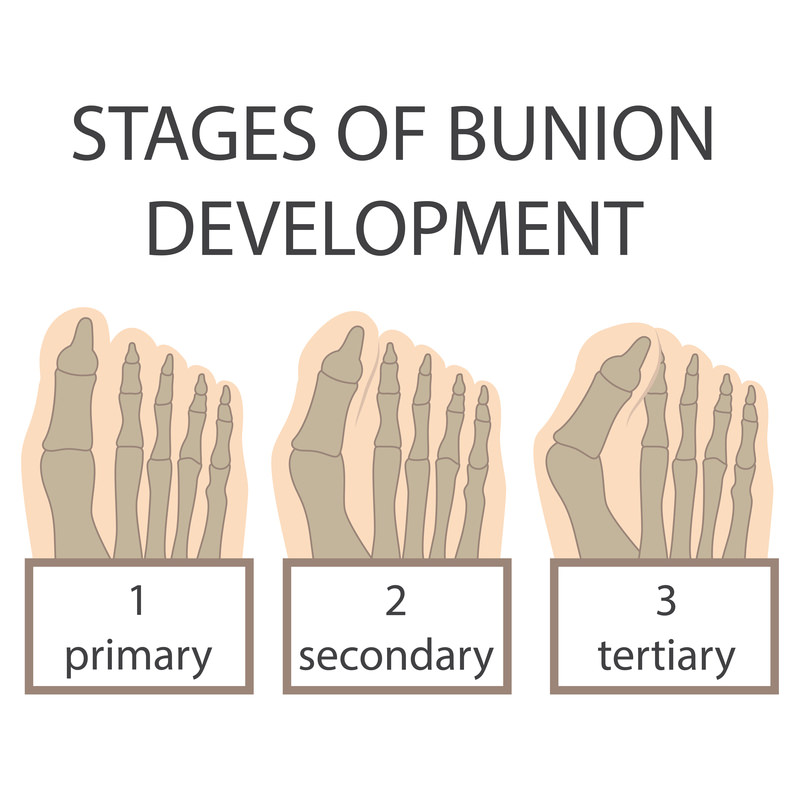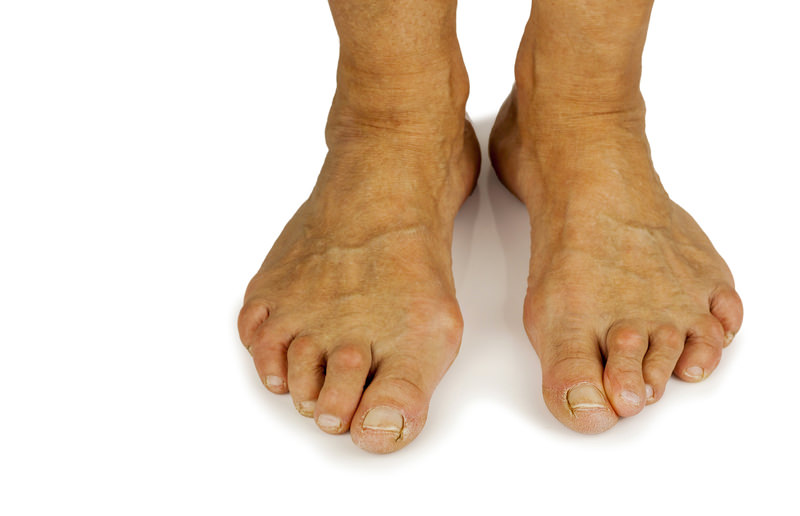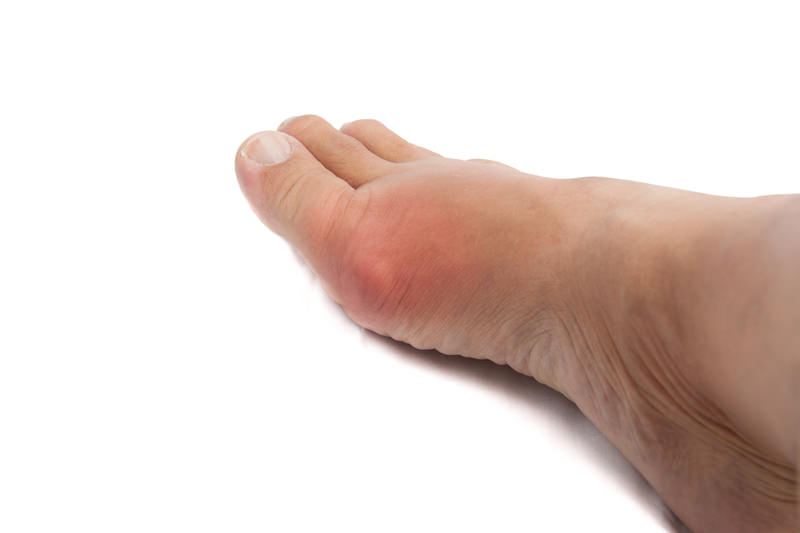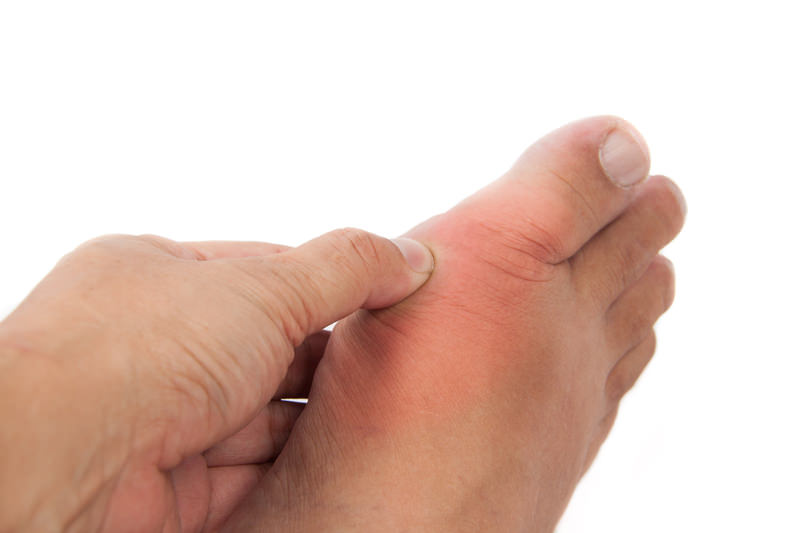If you are experiencing discomfort at the base of your toe, you may be a candidate for bunion removal surgery. A bunion is a bump that sits at the base of your big toe. This bony bump fuses with a bone that is known as the first metatarsal. You’ll know you have a bunion when your big toe is excessively oriented towards the toe next to it.
If you have or had a bunion, you know that it can be very painful. There are many options available to assist with the symptoms associated with bunions that involve noninvasive or minor corrections, such as bunion removal surgery.
If you have not already, it is always suggested to contact our office and talk to our highly trained staff. There we can give you the advice you need and direct you to see one of our experienced doctors who have your best interests in mind. We can evaluate your concerns and create an individualized plan towards the best solutions for your feet.
Should You Have Bunion Removal Surgery?

Other reasons that you may be a good candidate for bunion removal surgery include the following scenarios:
- The pain restricts your everyday activities
- You have trouble walking for extended periods of time
- Your big toe continues to be swollen even after you stay off of it
- You are unable to move your big toe
When you see your podiatrist, they will take X-rays to determine what type of bunion removal surgery will best serve your needs. There are over 100 types of surgeries that remove bunions. Which type of surgery you will require will largely depend on the size of your big toe bump and its development. We specialize in minimally invasive methods.
How to Prepare for Bunion Removal Surgery

For the most part, bunion removal surgery is performed on an outpatient basis. What this means is that you will be able to go home once the procedure is completed and you recover from the general anesthesia. Your physician will tell you how long you will need to fast prior to the operation. The time of the procedure will determine how long you will need to refrain from eating. To avoid complications from the bunion operation, make sure that you follow all directions from your doctor.
The Procedure

Three of the most common types of bunion removal surgeries include the following procedures:
- Osteotomy: Your podiatric surgeon will cut the joint in your big toe and then aligns it to its normal spot
- Arthrodesis: Your damaged toe joint will be replaced with metal plates or screws in order to correct the malformation
- Exostectomy: Your bunion is removed from the joint without a realignment
After the procedure, your foot will be bandaged and you will go to the facility’s recovery area. As you wait for the ankle anesthesia to wear off, your heart rate and blood pressure will be checked by staff. Most patients are able to go home within a few hours of the surgery’s end.
Recovery

To alleviate some of the pain that you may experience, wear shoes that have a lot of room in the toe box area. Purchase shoes a half size up if necessary. Women undergoing bunion removal should refrain from wearing high heels for six months after the procedure is completed. Some podiatrists may see a need for you to undergo physical therapy for a set amount of time after the surgery. During your time at physical therapy, you will be taught exercises that strengthen your lower leg and foot.
Post Surgery Outlook
The vast majority of bunion removal surgeries are performed successfully. After the procedure, it is important that your foot heals as it should. It is for this reason that you will need to have a discussion with your physician about corrective measures you can take when you get home. The best way to prevent future bunions is to avoid shoes that come with the boxes that are narrow. We can discuss with you every available option for slight changes involving your feet that can help without bunion removal surgery being needed again in the future. Schedule an appointment after your surgery and our doctor will thoroughly review your circumstances and we will tailor make the steps best for you to prevent a bunion from occurring again.













